Maybe President Donald Trump caught a glimpse of the job numbers before even the release, I’m not sure, but he doesn’t seem happy with Chair Powell this afternoon; he renewed his calls for him to resign, as well as the FHFA Head says Powell should be investigated. One has to wonder how long the market will be ok with this, since the idea of Fed independence is what gives the Fed credibility. But as of right now, the market seems to be taking it with a grain of salt.
Today’s jobs report is likely to be more critical than it might appear, given the soft employment data we’ve seen so far this week. Aside from the
JOLTS
outlier, which is likely to be revised downward, yesterday’s
ADP
data was discouraging. This follows Tuesday’s weak Paychex (NASDAQ:
PAYX
) small-business report.
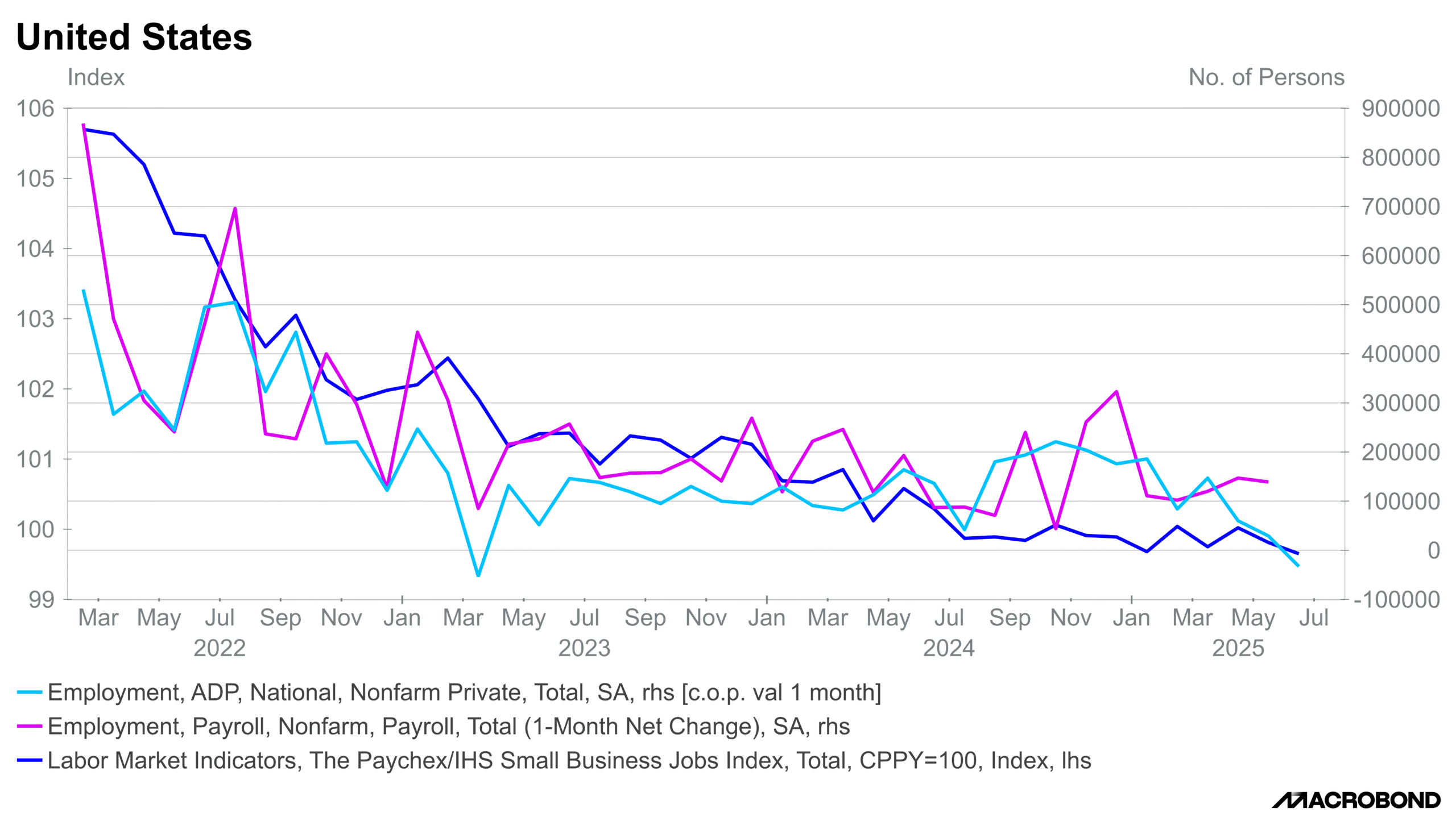
Also, let’s not forget the weak ISM Manufacturing employment data and Wednesday’s soft NFIB actual employment change reading. It’s possible the employment report surprises positively—after all, it has a history of beating expectations.
However, the series often feels like it’s generated by a random number generator, making it particularly challenging to forecast accurately. Judging by the implied volatility, the market seems to anticipate that today will be smooth sailing under clear blue skies.
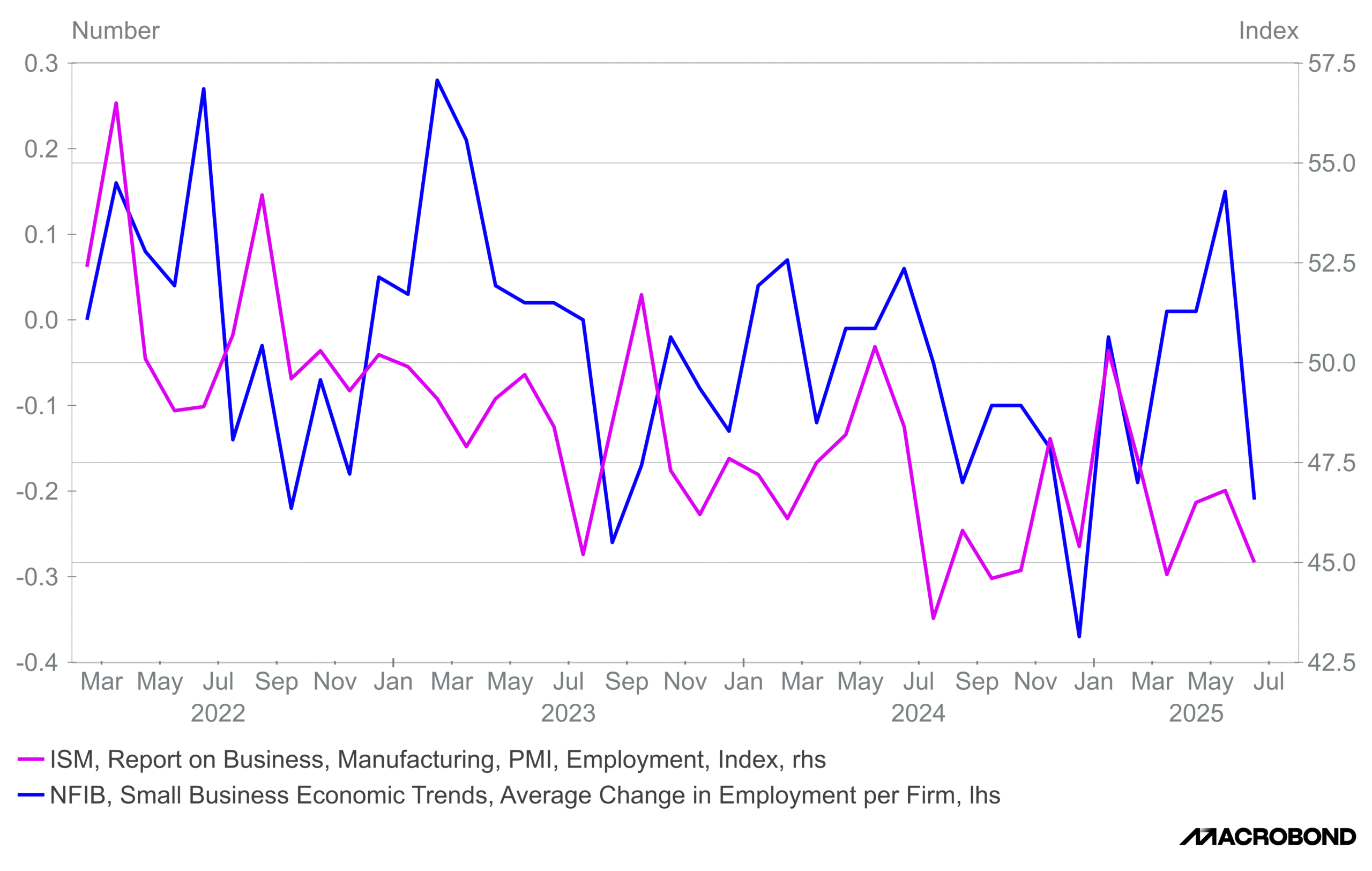
Even the
VIX 1-day
managed to close around 16, implying roughly a 1% market move for today’s half-day trading session. Ultimately, it’s impossible to say with certainty what today will bring.
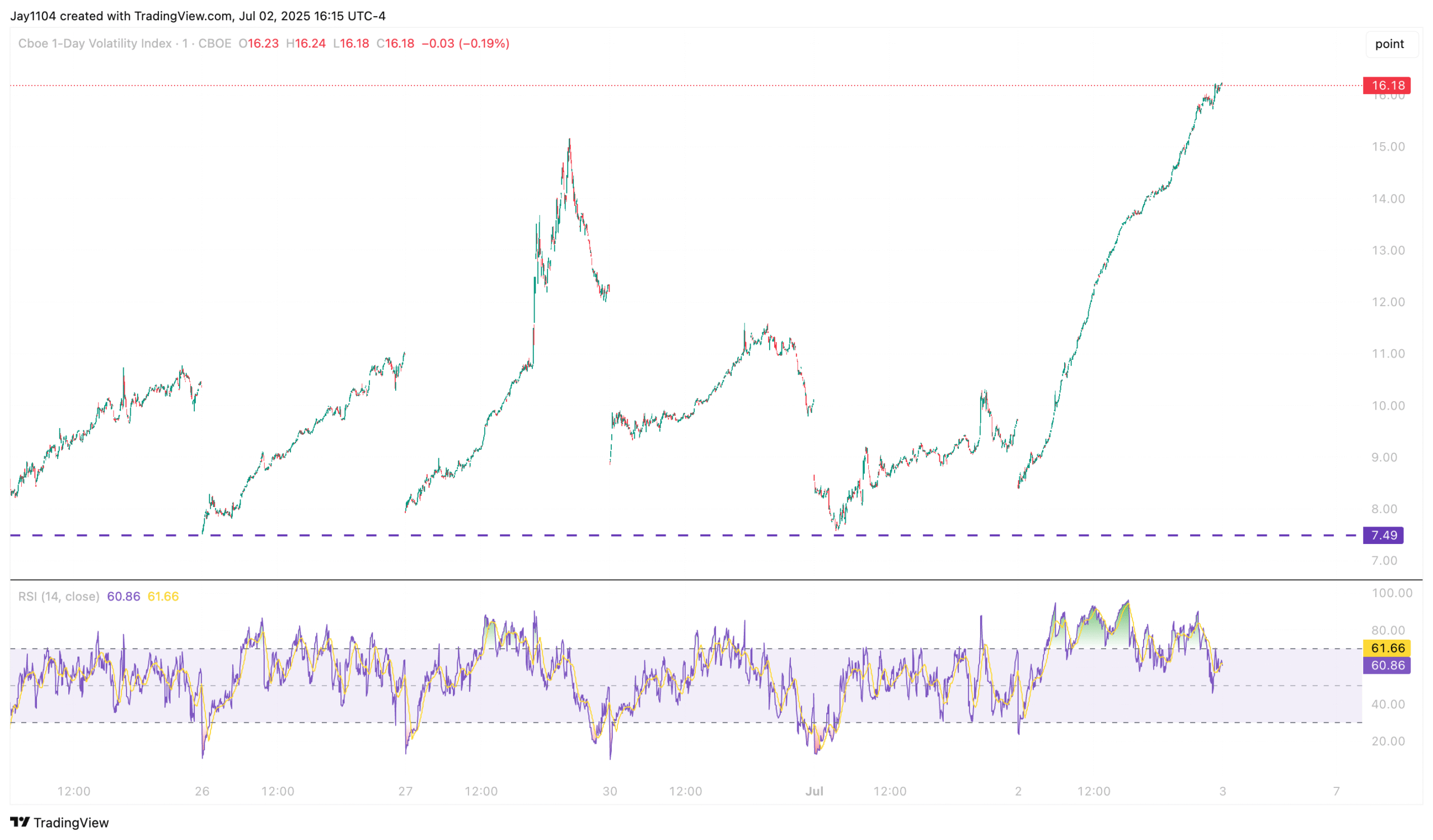
Meanwhile, the
VIX
index remains at 16.
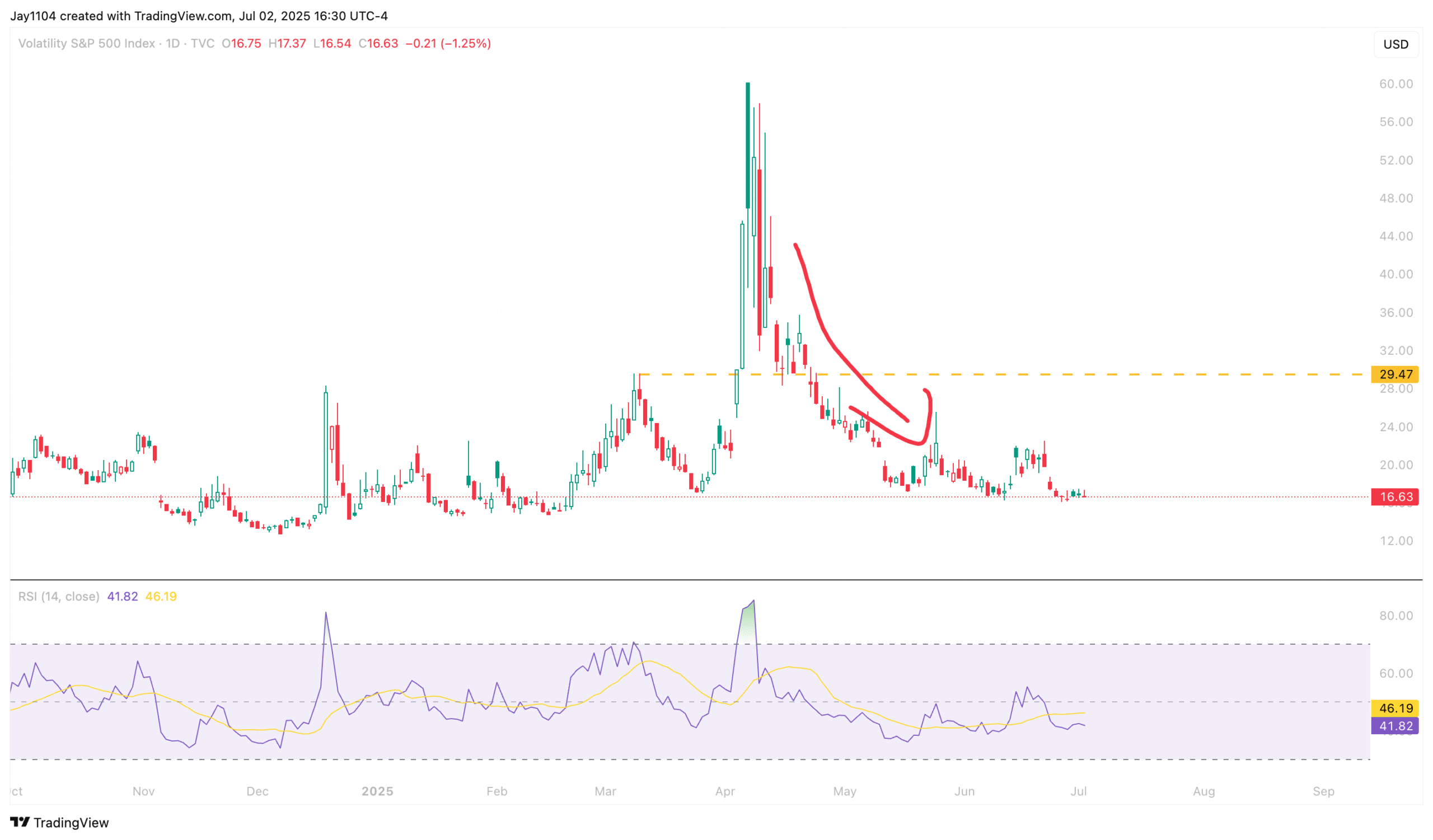
With 10-day realized volatility closing today at 7, any move greater than about 45 basis points today would begin to push realized volatility higher, eventually pressuring the VIX upward as well.
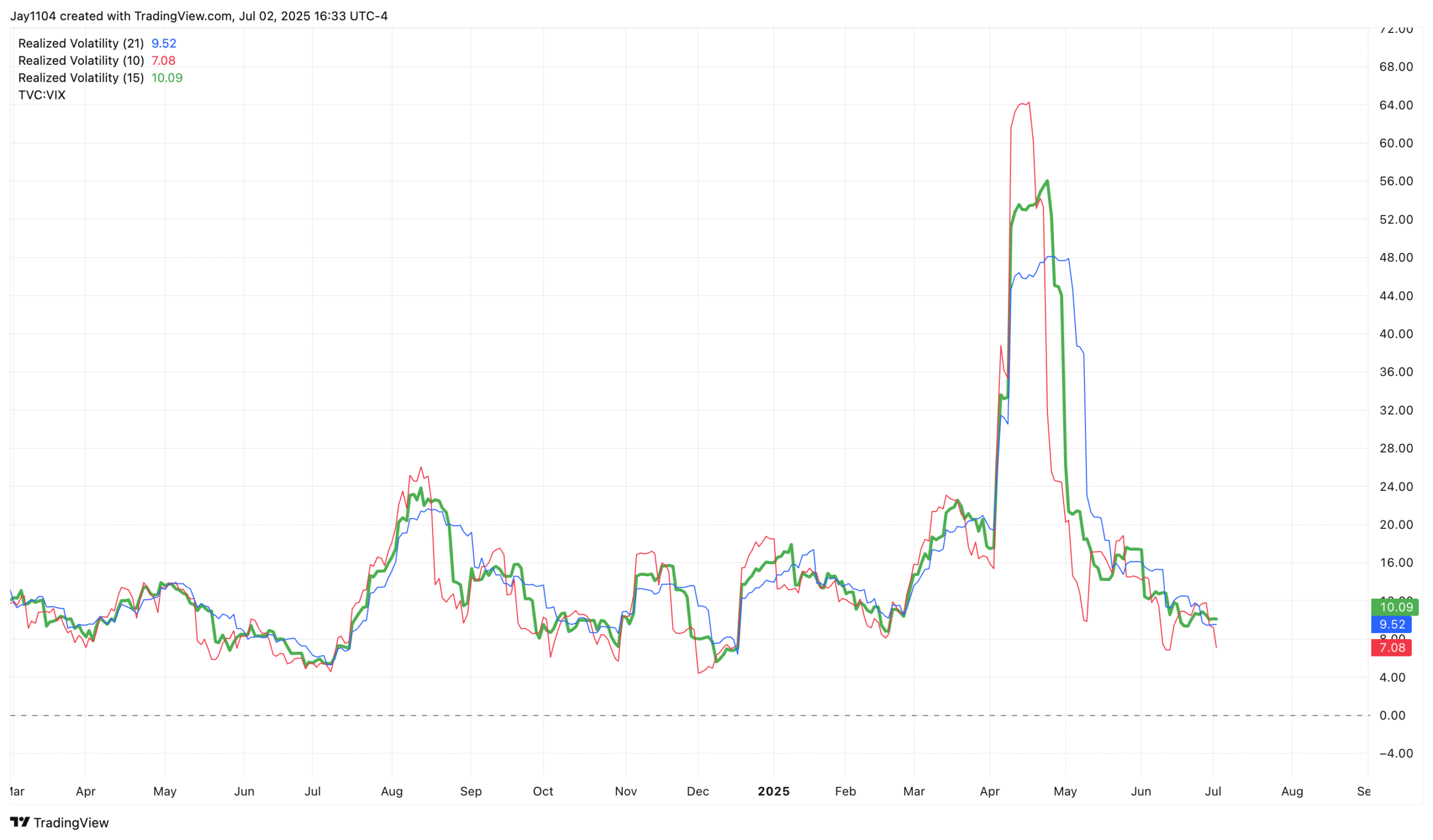
For some strange reason, the
Taiwan dollar
continues to strengthen, and at this point, tariff worries seem to be the only viable explanation.
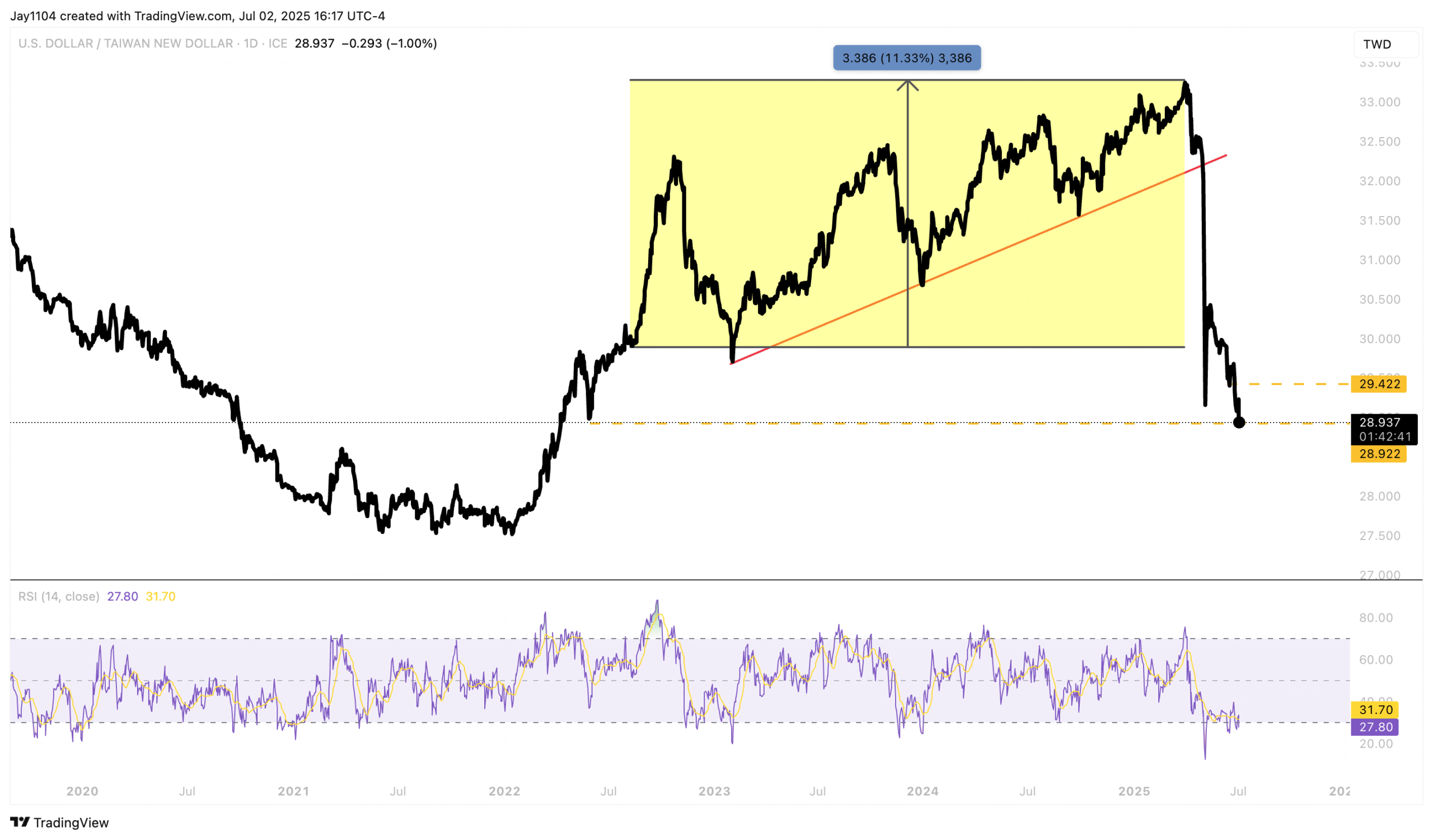
However, it’s undoubtedly helping drive Taiwan Semiconductor’s (NYSE:
TSM
) ADR significantly higher. The local shares of Taiwan Semi remain well below their February highs, whereas the ADRs are already trading above those levels. Oddly, it’s unclear how potential Section 232 tariffs, should they ever materialize, might directly impact TSM.
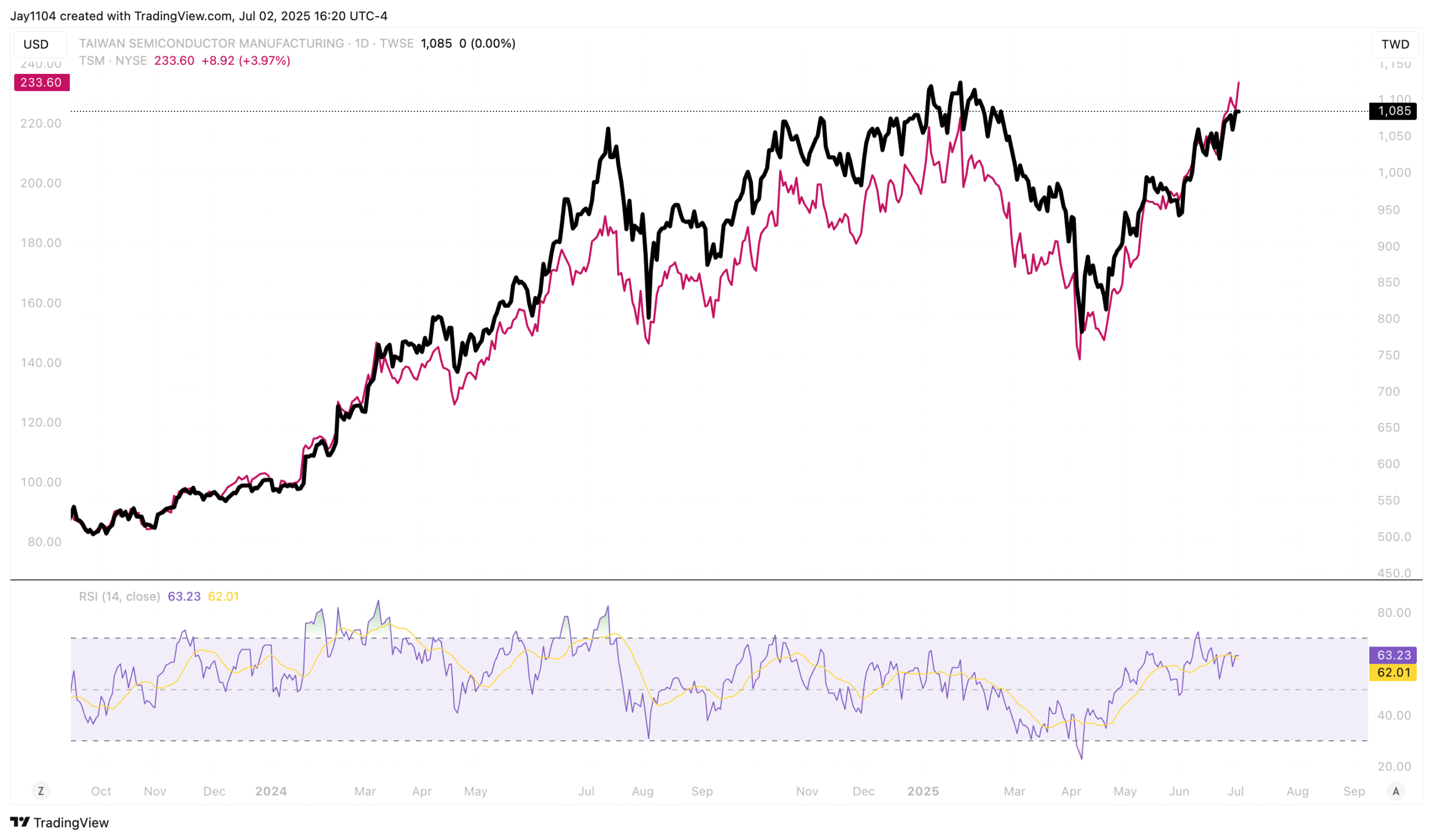
In other news, the
copper
price surged and closed around $ 5.20, just shy of its prior all-time high.
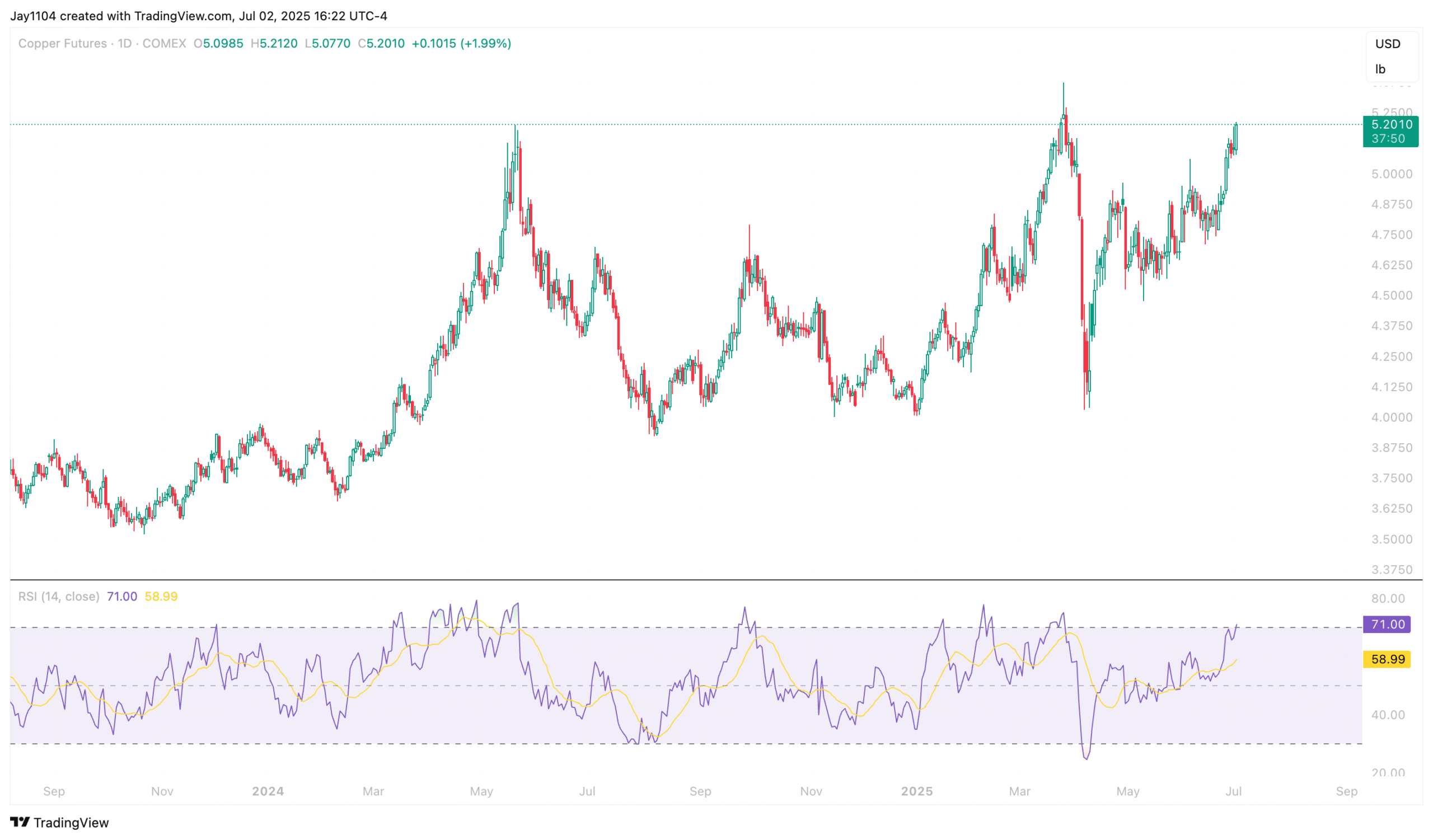
In the meantime, the
British 30-year
rose by 22 bps on the day, with Rachel Reeves now in the hot seat. This is why we saw a global rise in rates on the day. No rates in the US were not rising due to the horrible ADP report, but due to the disastrous fiscal policy of the UK.
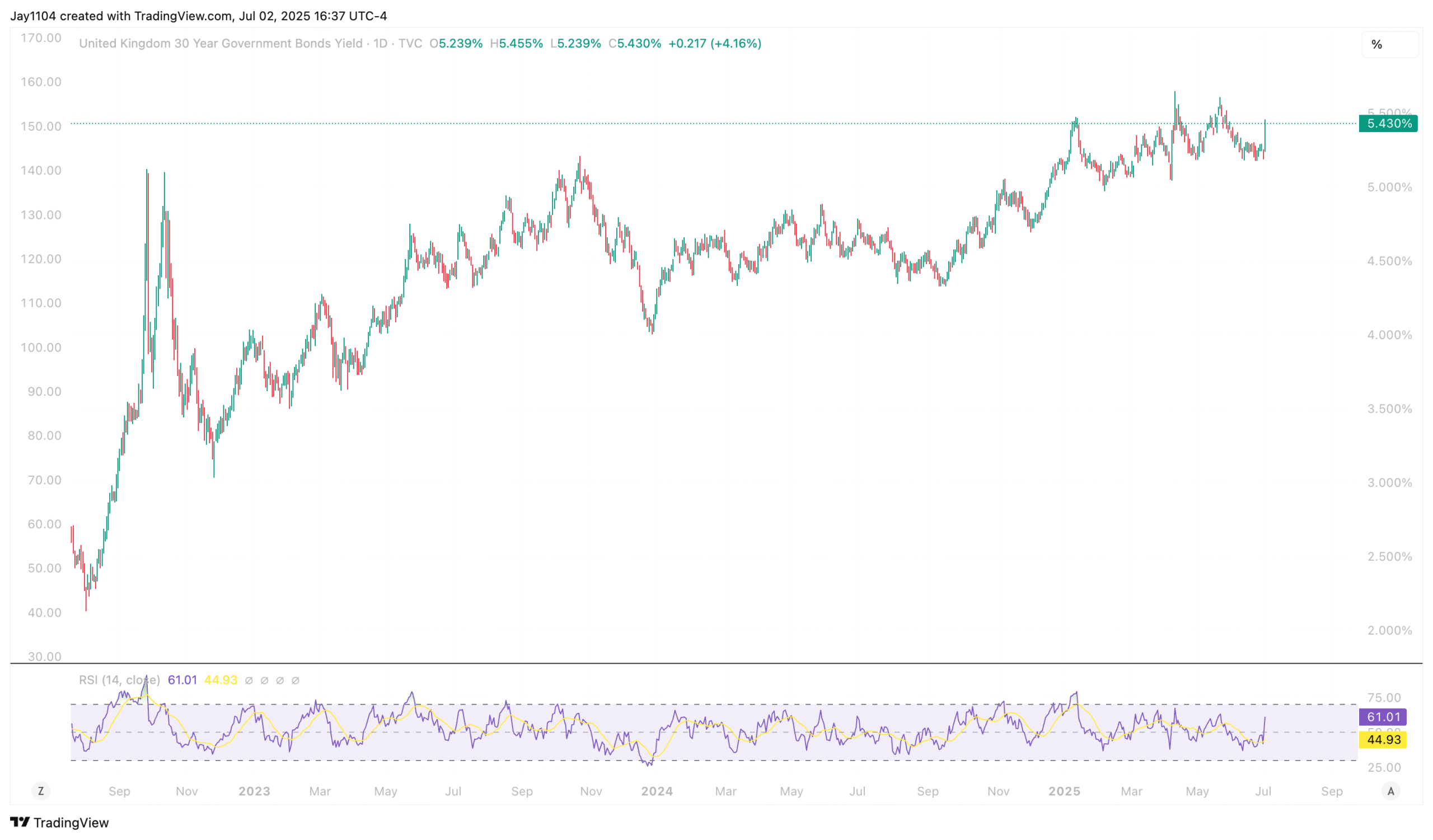
Meanwhile, our “Nvidia (NASDAQ:
NVDA
) of chicken wings” fell again by about 3%. I’ve noticed that when Wingstop (NASDAQ:
WING
) changes direction, Nvidia usually isn’t far behind. But maybe this time it’s different.
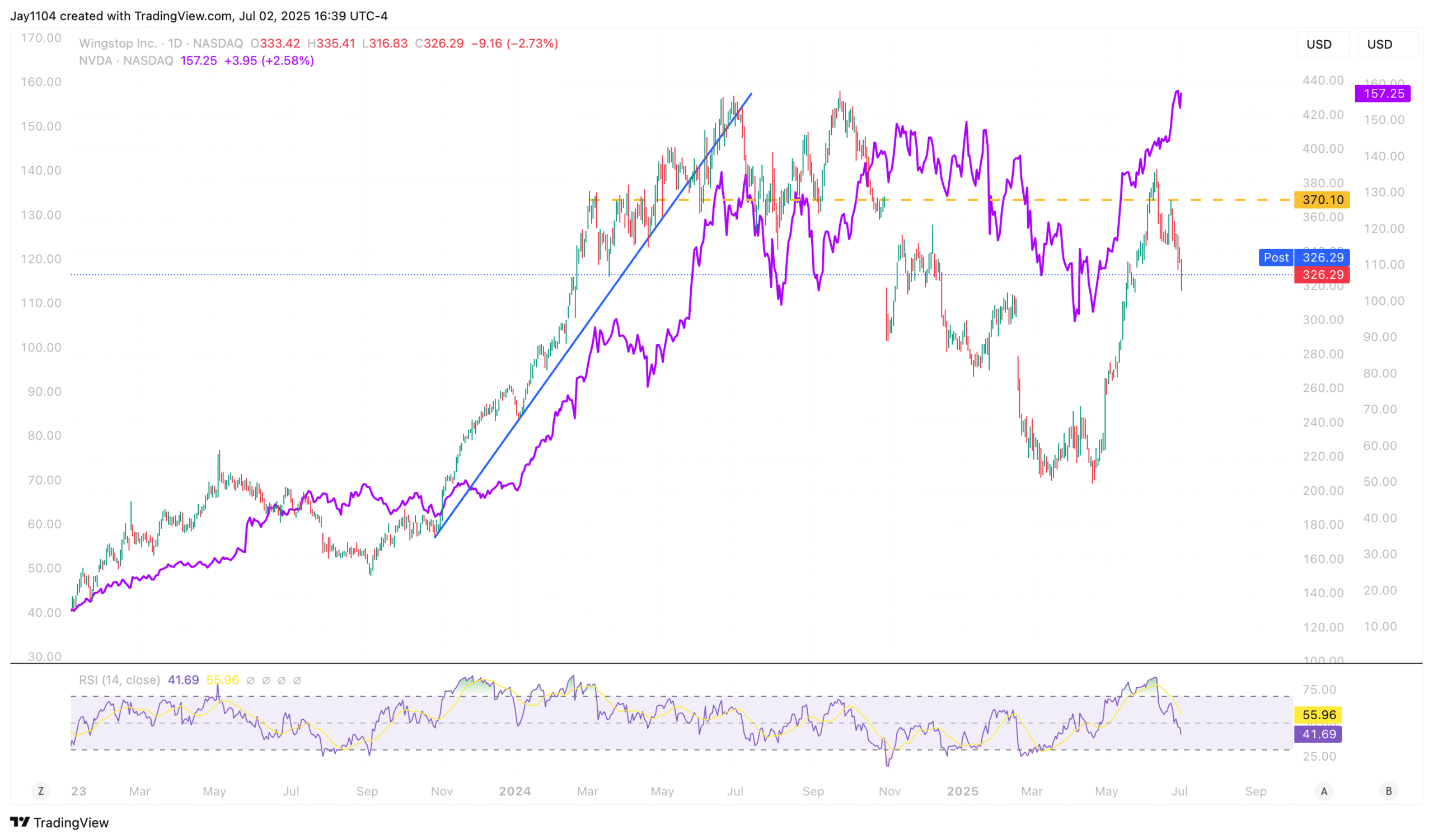
Lastly, repo rates eased, falling back below 4.4%, which should help alleviate end-of-quarter liquidity constraints.
The primary liquidity question going forward concerns the Treasury General Account (TGA) balance following the debt ceiling increase. My estimate is that the TGA currently stands around $750 billion and will need to rise by roughly $400 billion, pushing reserve balances down to approximately $3 trillion. This likely means the Fed will have to halt Quantitative Tightening (QT) at some point before year-end.
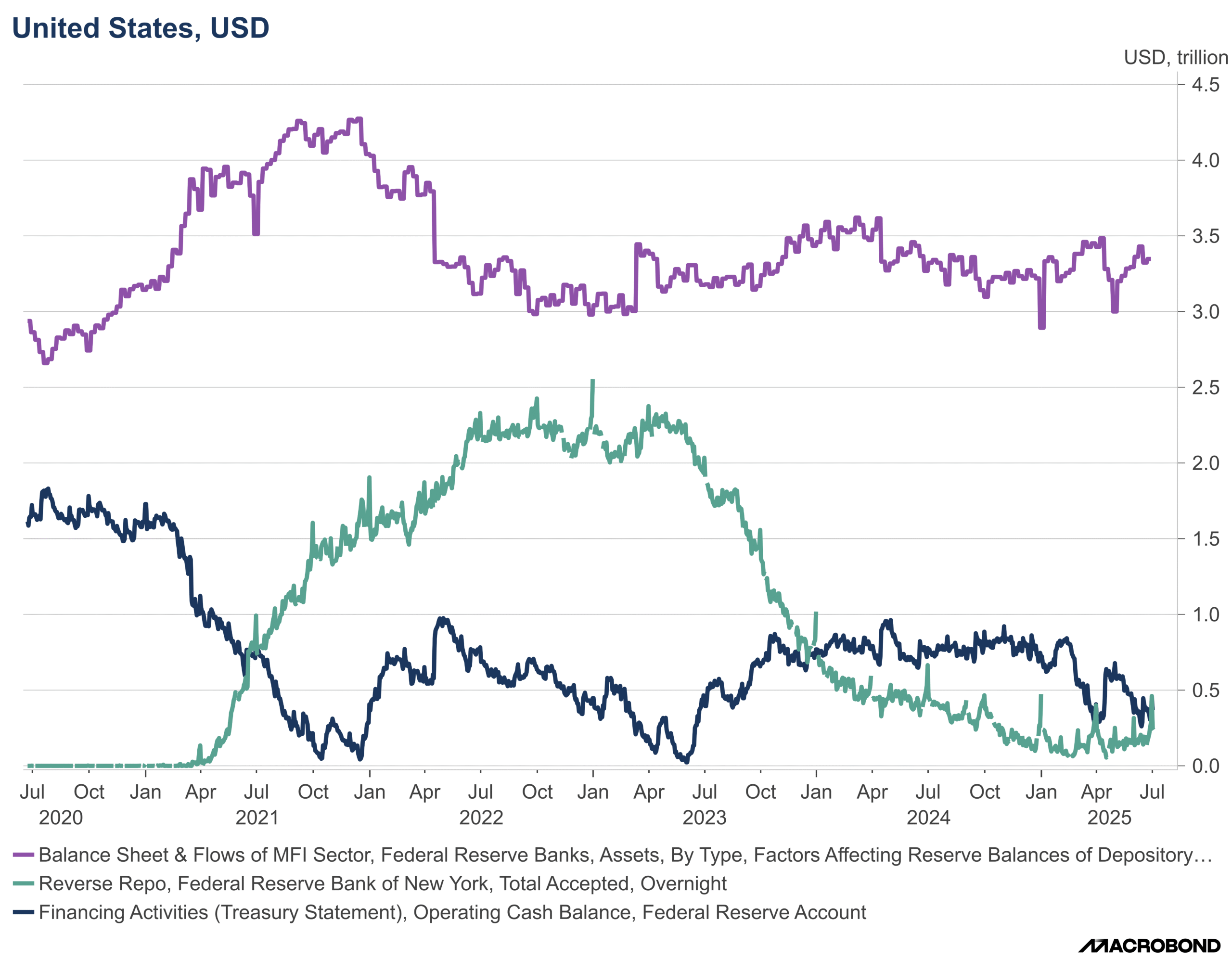
Next week, I will be traveling to “nationals” to conclude my daughter’s dance competition season, which means there will be no evening updates unless I have some spare time or something significant is happening.
Original Post

